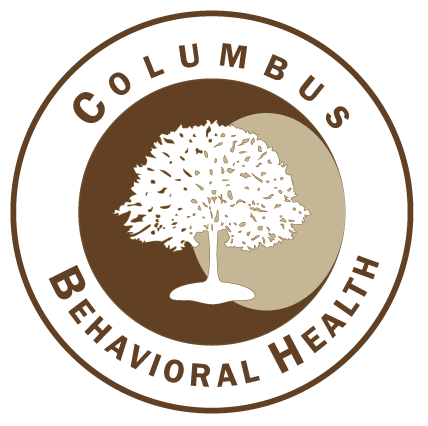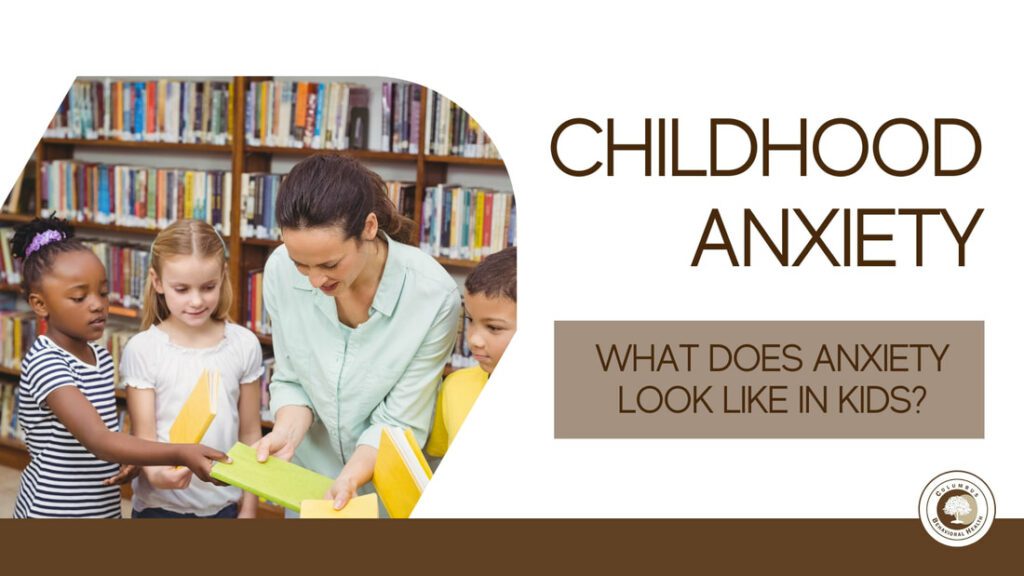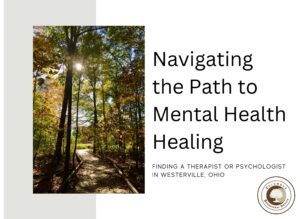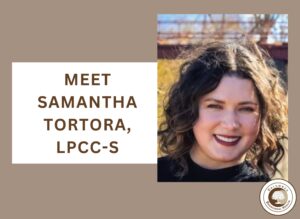What does Anxiety look like in kids?
Kids are not little adults. When they have problems with anxiety, it does present differently than it does with adults. The trick is knowing what to look for.
Generalized Anxiety Disorder
If your child has generalized anxiety disorder, or GAD, he or she will worry excessively about a variety of things such as grades, family issues, relationships with peers, and performance in sports. Children with GAD tend to be very hard on themselves and strive for perfection. They may also seek constant approval or reassurance from others.
Obsessive Compulsive Disorder
Children and teens with this disorder have obsessions, or unwanted thoughts, images, or urges that make them anxious or uncomfortable, and/or they engage in compulsions (repetitive physical or mental behaviors) in an attempt to reduce their anxiety or discomfort. Some compulsions may include repeated hand washing, checking, tapping, or mental routines (such as counting backwards from 100 and selecting “good” images to think about). An example of an obsession is “I might get sick and die from touching a bathroom door,” followed by the compulsion of washing hands for 5 minutes to reduce the anxiety and perceived likelihood of becoming sick.
Panic Disorder
Panic disorder is diagnosed if your child suffers at least two unexpected panic or anxiety attacks—which means they come on suddenly and for no reason—followed by at least one month of concern over having another attack, losing control, or “going crazy.”
Separation Anxiety Disorder
Many children experience separation anxiety between 18 months and three years old, when it is normal to feel some anxiety when a parent leaves the room or goes out of sight. Usually children can be distracted from these feelings. Other symptoms include refusing to go to school, camp, or a sleepover, and demanding that someone stay with them at bedtime. Children with separation anxiety commonly worry about bad things happening to their parents or caregivers or may have a vague sense of something terrible occurring while they are apart.
Social Anxiety Disorder
Social anxiety disorder, or social phobia, is characterized by an intense fear of social and performance situations and activities such as being called on in class or starting a conversation with a peer.
Selective Mutism
Children who refuse to speak in situations where talking is expected or necessary, to the extent that their refusal interferes with school and making friends, may suffer from selective mutism. These children can be very talkative and display normal behaviors at home or in another place where they feel comfortable. Parents are sometimes surprised to learn from a teacher that their child refuses to speak at school.
Learn more about childhood anxiety.





